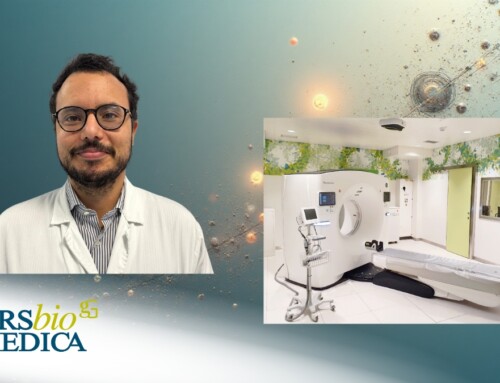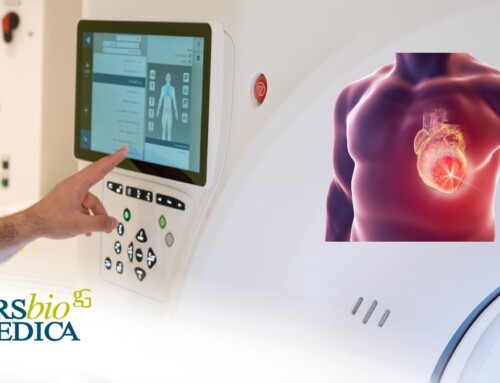
Articolo del 11/12/2024
- Hip arthroscopy stands as one of the most groundbreaking advancements in modern orthopedic surgery. This minimally invasive procedure enables surgeons to address a variety of hip conditions with precision and significantly less trauma compared to traditional surgical methods.
Dr. Potestio, a specialist in orthopedics and traumatology at Arsbiomedica Clinic, provides insight into the key stages of hip arthroscopy and its benefits for patients.
What is Hip Arthroscopy?
Hip arthroscopy is a surgical technique that employs a small camera, known as an arthroscope, inserted through tiny incisions to visualize the interior of the hip joint. This approach allows surgeons to operate with enhanced clarity and magnification, minimizing damage to surrounding tissues.
Indications for Hip Arthroscopy
This minimally invasive procedure is recommended for several conditions, including:
- Femoroacetabular Impingement (FAI): A condition where abnormal bone shapes in the hip limit movement and damage the joint.
- Labral Tears: Damage to the acetabular labrum due to trauma, wear, or repeated microtrauma, often associated with FAI, causing pain and instability.
- Intra-Articular Loose Bodies: Cartilage or bone fragments that can lead to joint blockage and pain.
- Synovitis: Inflammation of the synovial membrane lining the joint.
Benefits of Hip Arthroscopy
Compared to traditional open surgery, hip arthroscopy offers numerous advantages:
- Reduced Tissue Trauma: Smaller incisions result in less damage to muscles and surrounding tissues.
- Less Postoperative Pain: The minimally invasive nature of the procedure reduces postoperative discomfort.
- Faster Recovery: Patients can return to daily activities more quickly.
- Lower Infection Risk: Smaller incisions decrease the likelihood of infections.
The Surgical Process
Hip arthroscopy begins with the administration of appropriate anesthesia, followed by the insertion of the arthroscope through a small incision. Additional surgical instruments are introduced through separate incisions to address the identified condition. The procedure typically lasts one to two hours, depending on the case’s complexity.
Recovery and Rehabilitation
Recovery after hip arthroscopy depends on the specifics of the procedure and the patient’s individual circumstances.
At Arsbiomedica, an in-house physiotherapy and rehabilitation team works in synergy with all departments to provide a customized recovery plan, which includes:
- Physiotherapy: Critical for restoring hip strength and mobility.
- Mobilization Exercises: To prevent stiffness and improve range of motion.
- Regular Medical Monitoring: To track progress and adjust the rehabilitation plan as needed.
Hip arthroscopy is an advanced surgical option offering an effective and less invasive solution for many hip conditions. Under the expertise of Dr. Potestio, patients can expect excellent outcomes, a quicker return to daily activities, and the resumption of sports and physical activities.






